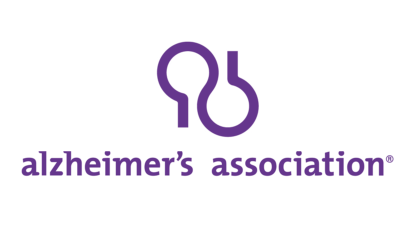 |
Gordon is expected to assume his new post in September. He will replace Acting Director Bruce Cuthbert, Ph.D.
“I am personally delighted with Dr. Gordon’s appointment as director of NIMH,” APA President Maria A. Oquendo, M.D., a professor of psychiatry and vice chair for education at Columbia University Medical Center, told Psychiatric News. "Having worked closely with him over the years, I can attest to the fact that in addition to being a scientist of the highest caliber, he has an open-mindedness, fairness, and thoughtfulness that are rare indeed. I look forward to seeing the wonderful things Dr. Gordon will do. For our part, APA will continue to pursue staunch advocacy for mental health research funding, the most effective path toward improving the lives of our patients.
Gordon joins NIMH with an extensive research background that focuses on the analysis of neural activity in genetic mouse models that have mutations of relevance to psychiatric diseases such as schizophrenia, anxiety disorders, and depression. His research involves an integrative neuroscience perspective and is performed across multiple levels of analysis, with an aim to understanding how a given disease mutation leads to a particular behavior.
Gordon’s work has been recognized by several prestigious awards, including the Brain and Behavior Research Foundation–NARSAD Young Investigator Award, Rising Star Award from the International Mental Health Research Organization, A.E. Bennett Research Award from the Society of Biological Psychiatry, and Daniel H. Efron Research Award from the American College of Neuropsychopharmacology.
(Photo courtesy of NIMH)

















